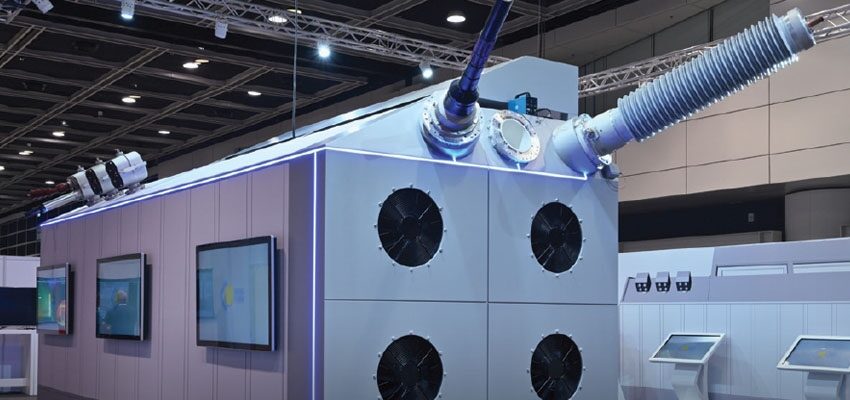
Megacities
Resilient solutions for electrical power supply Motivation Cities offer higher living standards than rural areas, which motivates people in areas of lower standards to...
byMR

Resilient solutions for electrical power supply
Motivation
Cities offer higher living standards than rural areas, which motivates people in areas of lower standards to move to urban areas, causing the rise of population there. This is urbanization process, and it is one of the most pronounced modern trends. In some areas the effect is so strong that it turns cities into megacities. Megacity is a city with a population of over 10 million people, and in 2015 there were 28 megacities globally with nearly 500 million people, which represents 6.5 % of the world’s population! More than 50 % of these megacities are in Asia, such as the greater Shanghai area, Beijing and the Pearl River Delta in China. There is a strong tendency of urban growth and mega clusters situated in Asia, which alone is estimated to have at least 30 megacities by 2025. The biggest megacities in Africa are Lagos in Nigeria, Kairo in Egypt, Kinshasa in Congo, etc. According to the UN, by 2050 about 68 % of the global population will live in urban areas. Higher living standards also generate the rise of demand for energy. Based on the development phase, there are three archetypes of megacities:
- Emerging Cities
- Transitional Cities
- Mature Cities
Emerging Cities
Emerging Cities are characterized by young population and a high annual population growth rates – between 3 % and 6 % due to migration and birth rates. There is a high social polarity and big gaps in wealth, health, education, and political power between groups, where large population lives in informal settlements. It is typical for countries with urban populations of less than 50 %, such as Nigeria (Lagos) and India (Mumbai).
Transitional Cities
Transitional Cities are characterized by first signs of an ageing population and moderate annual population growth rates between 2 % and 3 %. It is typical for countries with urban populations of more than 50 %.
Mature Cities
Mature Cities are characterized by significantly ageing population and an annual population growth rate of around 1 %. In some of these cities’ population has stagnated or is shrinking. The infrastructure was built one or two generations ago and it is typical for urbanized countries with urban populations of around 75 %. In all three archetypes of megacities energy plays a very important role in the urban development.







